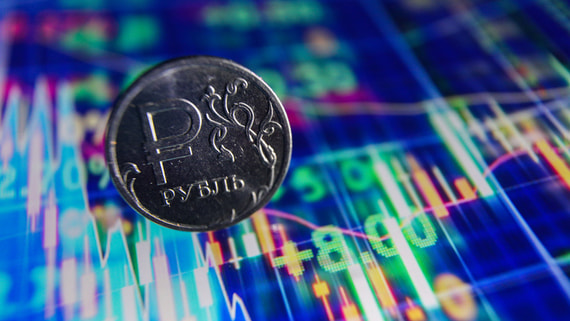Annual inflation in Russia accelerated to 4.88%
[ad_1]

Annual inflation in Russia in the week from August 15 to 21 accelerated to 4.88% after 4.66% a week earlier, informed Minek. On a weekly basis, price growth slowed to 0.09% after 0.1%.
In the segment of food products, prices on average decreased by 0.02% after rising by 0.01% a week earlier due to accelerated deflation (to minus 3.07%) for fruits and vegetables. So cabbage, data Rosstat, fell in price by 8.1%, onions – by 7.9%, potatoes – 6.1%, and tomatoes – 6%. At the same time, cucumbers rose in price by 3.3%, and bananas – by 0.5%.
For other products, the price increase remained almost at the level of the previous week (0.21%), with the exception of chicken and pork meat (an increase of 1.4%), sausages (0.7%), sausages (0.5%) and eggs (0.4%).
In the group of non-food products, inflation accelerated to 0.3% after 0.21% last week. In particular, cars increased in price by 0.44%, building materials – by 0.4%, and electrical and household appliances – by 0.36%.
In the services segment, prices fell by 0.01% after rising by 0.07% a week earlier, while travel services fell by 0.31% after rising by 0.53% a week earlier due to cheaper (by 0.73%) domestic flights and further reduction of the cost of accommodation in sanatoriums.
Annual inflation in July was 4.3% after 3.25% in June, Rosstat reported on August 9. On a monthly basis, prices rose by 0.63%. According to the Central Bank’s forecast, annual inflation will continue to rise in the coming months amid growing price pressure, as well as the withdrawal from the calculation of low monthly growth rates in summer 2022. The Central Bank expects that inflation by the end of 2023 will be at the level of 5-6.5% per annum and will return to the target at the end of 2024.
On August 15, the Central Bank decided to raise the key rate by 3.5 percentage points at once to 12% against the backdrop of a weakening ruble. The reason for the decision was the increase in inflationary pressure and inflationary expectations, which are under pressure from the dynamics of the exchange rate. The regulator did not rule out a further increase in the rate in the event of increased pro-inflationary risks. The next scheduled meeting will be held on September 15.
[ad_2]
Source link






